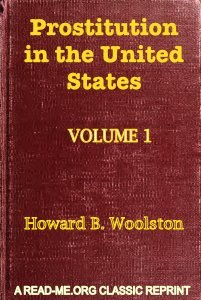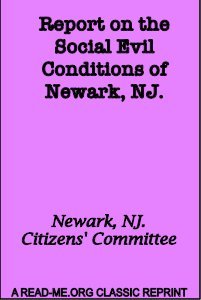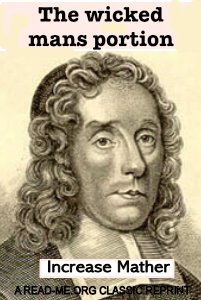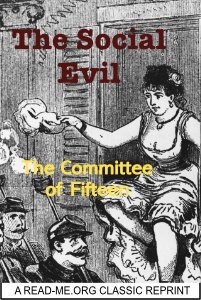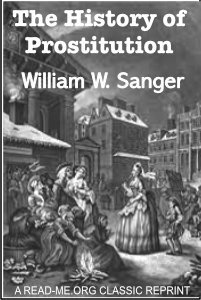By André Nolte.
This paper studies the effects of the introduction of a new mass medium on criminal activity in Germany. The paper asks the question of whether highspeed internet leads to higher/lower sex crime offences and murder. I use unique German data on criminal offences and broadband internet measured at the municipality level to shed light on the question. In order to address endogeneity in broadband internet availability, I follow Falck et al. (2014) and exploit technical peculiarities at the regional level that determine the roll-out of high-speed internet. In contrast to findings for Norway (Bhuller et al., 2013), this paper documents a substitution effect of internet and child sex abuse and no effect on rape incidences. The effects on murder increase under the instrumental variable approach however remain insignificant. Overall, the estimated net effects might stem from indirect effects related to differences in reporting crime, a matching effect, and a direct effect of higher and more intensive exposure to extreme and violent media consumption. After investigating the potential channel, I do find some evidence in favor of a reporting effect suggesting that the direct consumption effect is even stronger. Further investigation of the development of illegal pornographic material suggests that the direct consumption channel does play a significant role in explaining the substitution effect.
Mannheim: ZEW - Leibniz Centre for European Economic Research, 2017. 60p.




